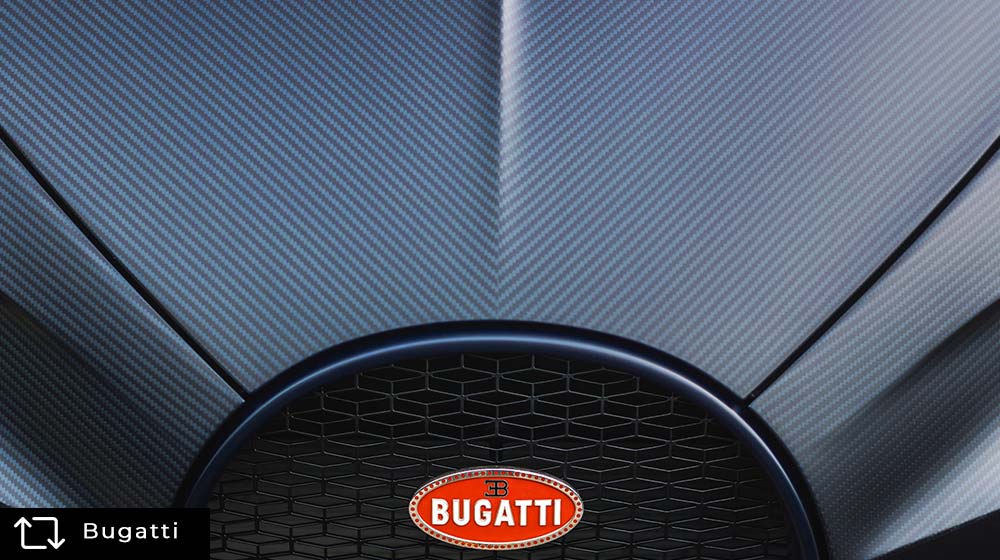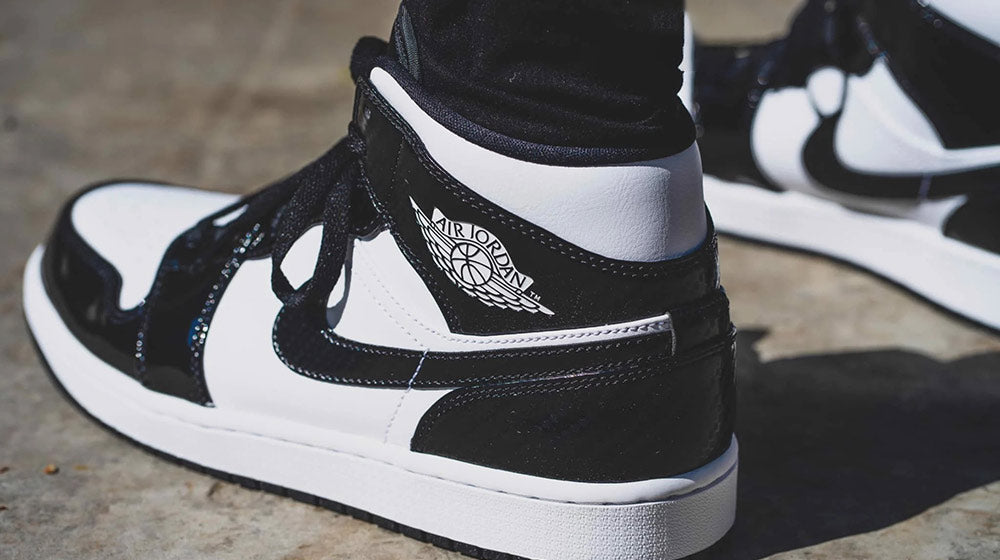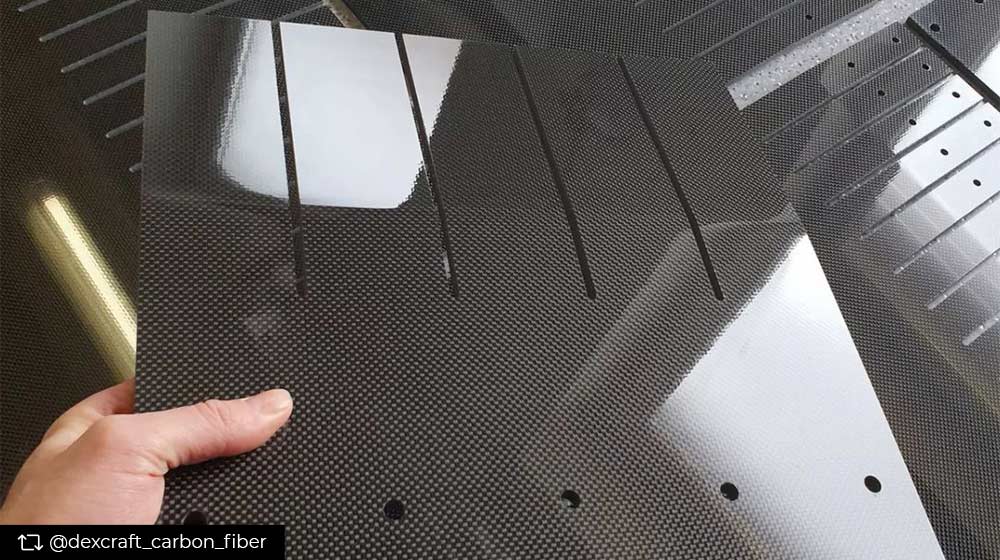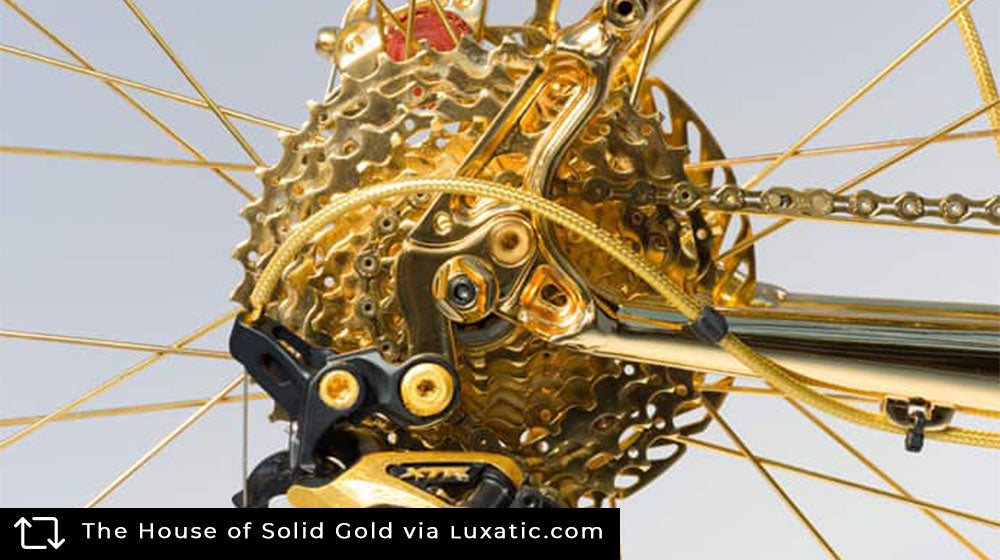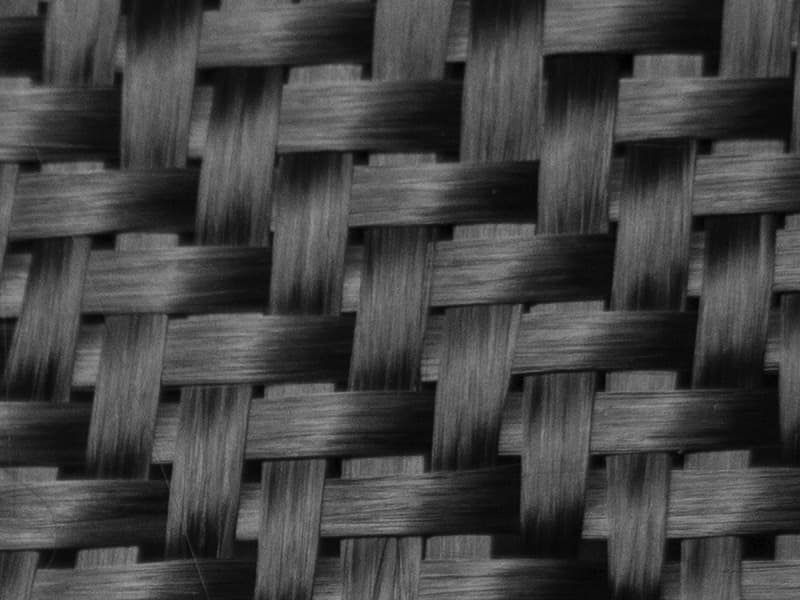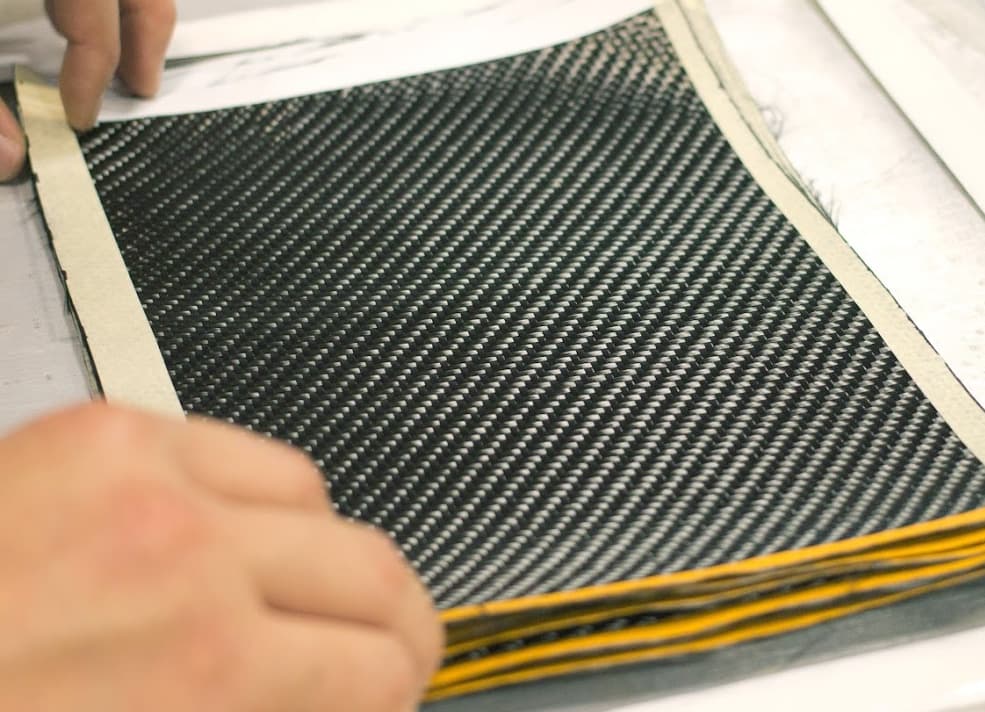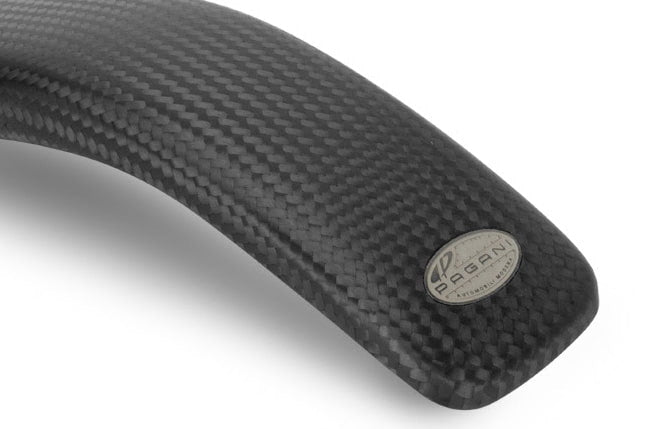Hey, you!
I know you came for our awesome blog post, but we have to let you in on something. Our main business is a shop that sells a ton of unique and cool lifestyle and personal accessories made with REAL carbon fiber.
If you love carbon fiber as much as we do, go explore!
Bugatti is a name synonymous with extraordinary performance, luxury, and innovation.
At the heart of this remarkable brand lies an unwavering commitment to pushing the boundaries of automotive engineering. Carbon fiber is a crucial element that enables Bugatti to achieve unparalleled performance. This incredibly lightweight and robust material forms the backbone of Bugatti’s hypersport cars.
Explore how carbon fiber Bugatti cars are not mere vehicles on the road but a work of art and a marvel of modern engineering.
In This Article:
- Does Bugatti Use Carbon Fiber?
- How Are Carbon Fiber Bugatti Cars Made?
- Is the Bugatti Chiron Made of Carbon Fiber?
- How Much is a Carbon Fiber Bugatti Chiron?
- What Are Other Carbon Fiber Bugatti Cars?
- Are Carbon Fiber Bugatti Cars Worth It?
What Sets Carbon Fiber Bugatti Cars Apart From Others?
Does Bugatti Use Carbon Fiber?
When you delve into the composition of a Bugatti hypersports car, one material stands out above the rest - carbon fiber. Carbon fiber is not only used in the monocoque, but it also shapes the body of these advanced vehicles.
With the cutting-edge properties of carbon fiber, a Bugatti offers the incomparable performance it is renowned for. However, in a Bugatti, carbon fiber is more than just functional. It is also aesthetically beautiful.
Bugatti has a storied history of utilizing carbon fiber, dating back to the EB110, one of the world’s first production cars featuring a carbon fiber monocoque.
This material has since been at the core of Bugatti’s ‘Form Follows Performance’ philosophy. The pivotal moment came with the Veyron Pur Sang in 2007, when the natural beauty of carbon fiber was prominently showcased. The car was clear-coated, allowing the stunning raw materials that make up a Bugatti hypersports car to shine through.
How Are Carbon Fiber Bugatti Cars Made?
Why Carbon Fiber?
Creating a beautiful and strong material like carbon fiber is an intricate craft at Bugatti. Carbon fiber body panels are crafted from sheets of overlapping woven fibers, which are astonishingly thin, measuring around 1/10 of the width of a human hair strand.
The alignment of these fibers is of utmost importance, as the sheets are most rigid in the direction the fibers are pointing. While aligning these fibers may be challenging and time-consuming, the benefits are extraordinary.
Carbon fiber body components weigh 20-30% less than their aluminum counterparts and a remarkable 50% less than steel while remaining exceptionally durable.
A Painstaking Process
The largest carbon fiber panel, approximately 2 meters long, takes nearly a week to produce. This process involves placing the raw materials into a mold and baking them in an autoclave at 248°F (120°C) under high pressure for approximately 2 hours.
Bugatti engineers collaborate with materials experts to dictate how the carbon fibers flow to achieve the necessary rigidity. For customers who opt for a visible carbon fiber finish, the design team will have to decide the direction of the fibers in the upper layer.
The objective is to create a seamless pattern across the entire car surface, enhancing its lines while ensuring a perfect alignment between panels.
No Room for Error
Precision is paramount during this process. The design team insists on a 45° angle alignment with a perfect fishbone pattern in the middle. Any deviation exceeding 1° or 2° means starting from scratch. Imperfections such as misaligned fibers, fraying, or bumps in the material require the panel to be remade.
Every millimeter must be free from flaws.
The panels then receive their finishing touches. Paint technicians apply a clear coat, sanded and polished, before reapplying to achieve a rich sheen that accentuates the weave. A subtle tint can be applied in the next layer, giving the weave a distinct color while preserving the beauty of carbon fiber’s visible texture.
Is the Bugatti Chiron Made of Carbon Fiber?
The Bugatti Chiron, one of the most iconic models in Bugatti’s lineup, indeed has a carbon fiber body structure. This material is pivotal in enhancing performance and aesthetics in a special edition called the Bugatti Chiron Pur Sport.
The Bugatti Chiron Pur Sport boasts a weight reduction of 110 lbs compared to the standard edition, making it significantly lighter than other models. This feature contributes to its unique and sleek appearance and is vital in achieving its awe-inspiring performance.
The Bugatti Chiron Pur Sport accelerates from 0 to 60 mph in a mere 2.3 seconds, thanks to its 1,479 horsepower and 1,180 lb-ft (1,600 N.m) torque at 6,000 rpm.
However, the top speed of the Bugatti Chiron Pur Sport is restricted to 217 mph (350 kph), whereas a standard Chiron can reach an astonishing 261 mph (420 kph).
Other Bugatti Chiron Pur Sport specs:
- Power-to-weight ratio: 1.19 kg/PS
- Lateral acceleration: 1.6 G
- 0 - 200 kph (124 mph): 5.5s
- 0 - 300 kph (186 mph): 11.9s
This modification showcases Bugatti’s dedication to optimizing the Chiron’s performance, emphasizing carbon fiber for an even more exceptional driving experience.
RELATED: Everything You Need to Know About 300th Bugatti Chiron Supercar
How Much is a Carbon Fiber Bugatti Chiron?
Unsurprisingly, using carbon fiber components, especially in the high-performance Bugatti Chiron Pur Sport, comes at a premium.
Pricing for the Bugatti Chiron Pur Sport has been announced at $3.6 million before taxes. This price means a significant increase of over half a million USD compared to a regular Chiron, which is priced at $3 million.
The staggering price tag of the Chiron Pur Sport is evidence of the continuously evolving engineering and craftsmanship involved in using carbon fiber, which reduces the vehicle’s weight and enhances its aesthetics and performance.
What Are Other Carbon Fiber Bugatti Cars?
Bugatti’s rich history of carbon fiber integration extends beyond the Chiron Pur Sport. Many other Bugatti models are also equipped with carbon fiber parts, including:
- Bugatti Veyron Grand Sport Vitesse: The world’s fastest and most powerful production roadster with clear-coated visible carbon exterior and a full-carbon monocoque chassis - $2.3 million.
- Bugatti La Voiture Noire: The most exclusive and rarest of all Bugattis—just one was produced, with a carbon fiber monocoque chassis - $18.7 million.
- Bugatti Bolide: A hypersports vehicle intended solely for the racetrack with remarkable levels of safety due to a carbon fiber monocoque chassis - $4.3 million.
RELATED: Mansory Bugatti Veyron: $1 Million Extra for a Whole Lotta Carbon Fiber
Are Carbon Fiber Bugatti Cars Worth It?
If your pocket is deep enough to bring one of these carbon fiber Bugatti cars back to your home’s garage, having more of this material is always worth it.
Why?
Carbon fiber is an integral part of Bugatti’s identity, contributing to the exceptional performance and aesthetics that set Bugatti cars apart from the competition. Also, the delicate craftsmanship in creating carbon fiber components and the innovative use of this material proves Bugatti’s unwavering dedication to excellence.
Most importantly, Bugatti’s rich history of carbon fiber and the ‘Form Follows Performance’ philosophy ensures every carbon fiber Bugatti car is not just a vehicle but a work of art uniquely made for each Bugatti owner.
If you have questions about carbon fiber Bugatti cars or any details discussed here, contact us and learn more.
Are you interested in other CARBON FIBER products? Then, visit our store and take a look at our featured collections!
Personal Accessories, Clothing Accessories, Jewelry, Home and Office, Tech, Travel, Gifts, and much more!
UP NEXT:
Read more CARBON FIBER BLOGS.
The Carbon Fiber Gear Blog is a lifestyle blog for carbon fiber enthusiasts where we talk about carbon fiber gear, fabrication, and news. In addition, we round up the most fantastic carbon fiber products, the best gift ideas, and the uses of carbon fiber.




